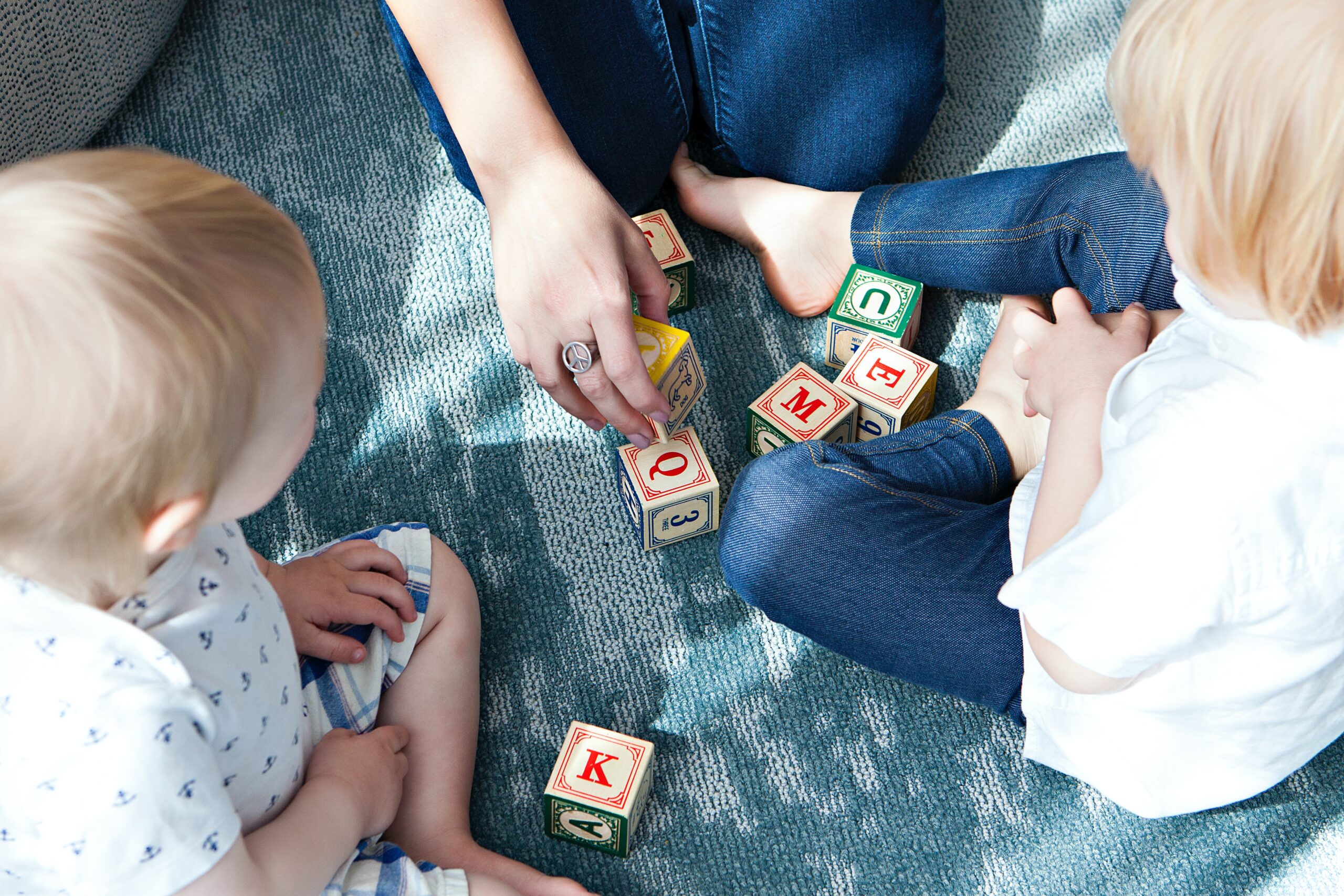
Higher doses of cannabis edibles could actually protect children
Child poisoning from cannabis edibles at home – a nightmare scenario for many parents.
On July 16, during a barbecue at a house in Victoria, BC, a group noticed that some of their children were acting strangely. When questioned, the children admitted that they found candy in one room of the house and devoured it without asking permission.
They took five children under the age of 10 to the hospital who were watched and released that day. They also called the police.
“The use of cannabis products is legal in Canada under provincial and federal law,” Victoria police advised in a press release.
“However, given the close resemblance of some products to non-cannabis products, officials are urging those who use cannabis products to keep them safe out of the reach of curious children.”
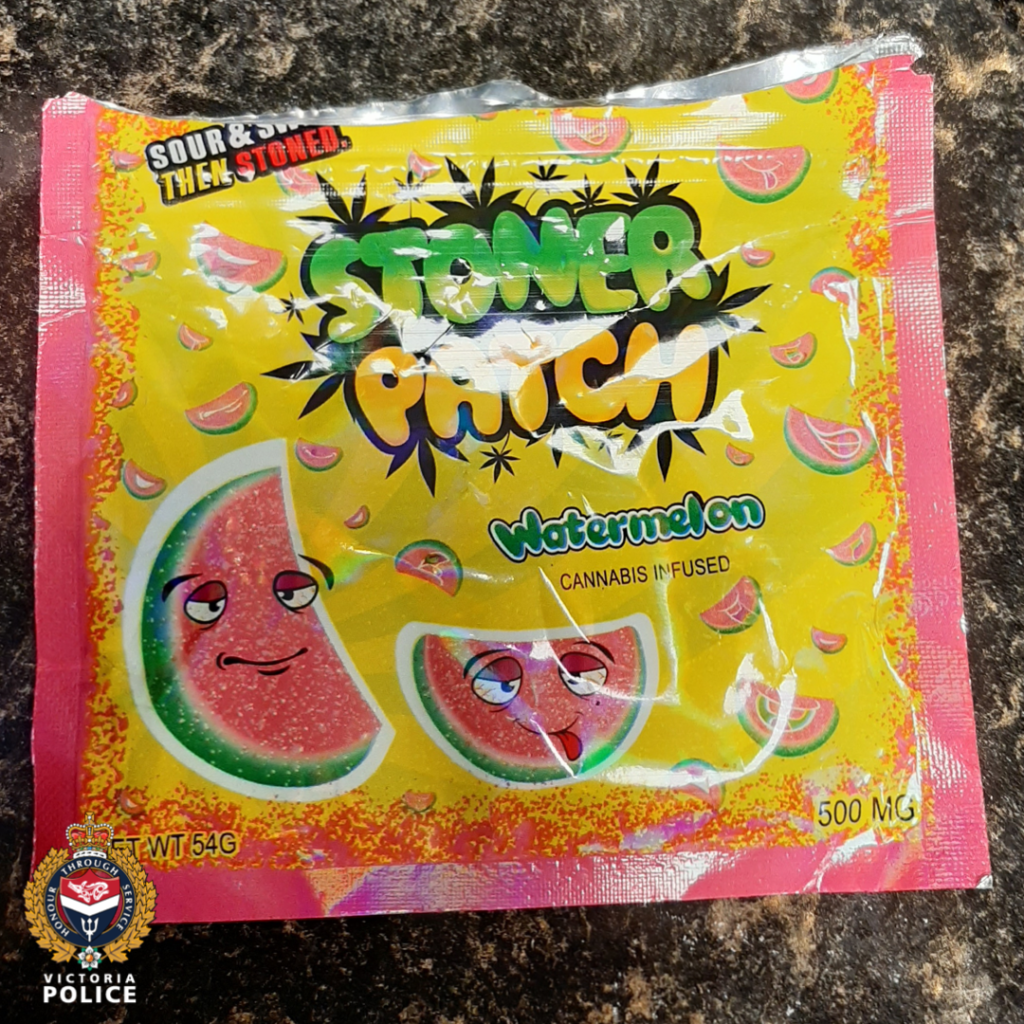
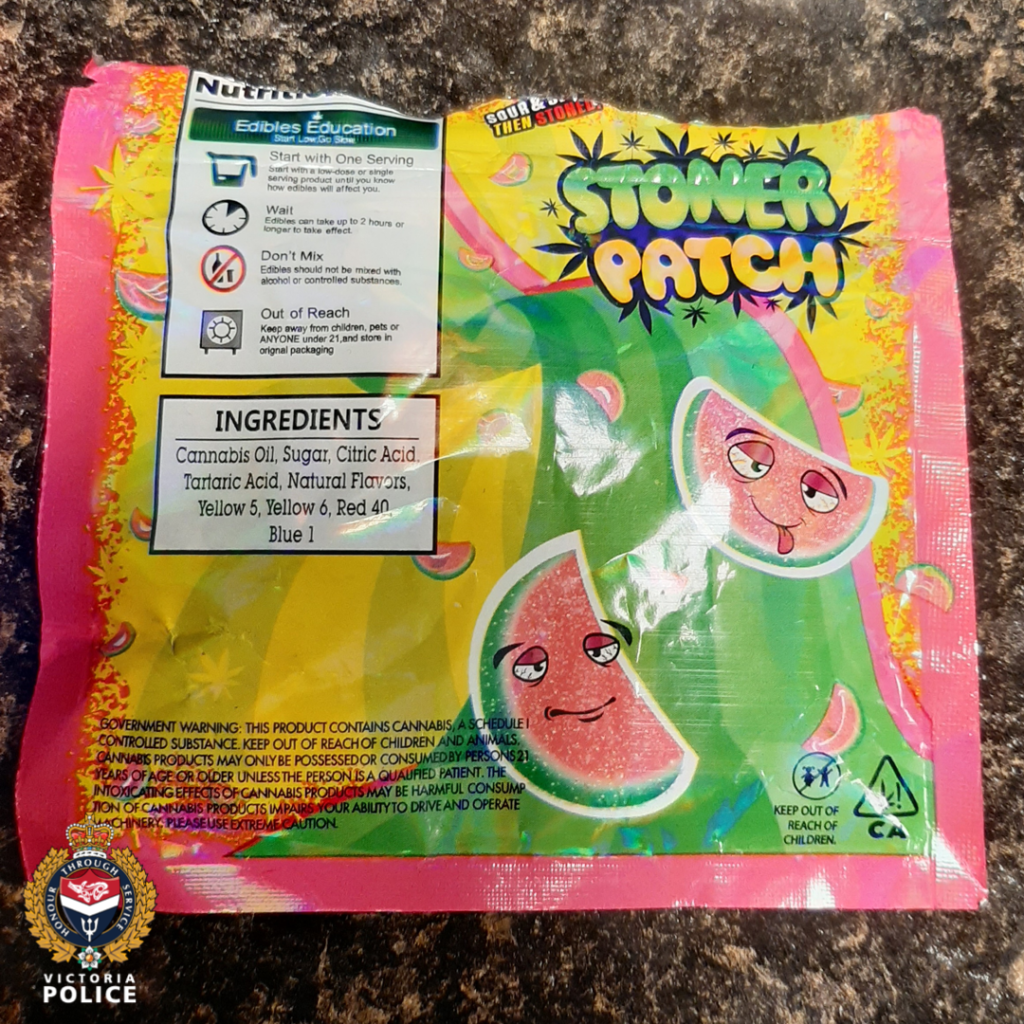
After taking a closer look at the candy packaging, the parents were horrified to discover that the candy was THC-infused “Stoner Patch Kids,” unregulated cannabis-infused edibles that come in a well-known packaging, the Sour Patch Kids looks very similar.
It’s not the first time. Some children were not that lucky and had much more violent reactions.
Illegal foods are responsible for most pediatric poisoning
A recent study by researchers at Sick Kids Hospital in Toronto, published in Clinical Toxicology, concluded that “legalizing recreational cannabis is associated with higher rates of intensive care for intoxication in children compared to pre-legalization is”.
Perhaps unsurprisingly, edibles – often available in delicious candy or baked forms – are primarily responsible, and “legalization may have increased the availability and accessibility of these products to children,” the authors write.
The researchers studied the rates and cases of children entering children’s hospital emergency rooms for cannabis poisoning before legalization and compared them to the rates after legalization. The overall rate of children hospitalized for cannabis did not change at all.
“The average monthly number of cannabis-related presentations did not differ between the periods,” the study concludes.
Related
Storage solutions to keep kids away from your weed supply
“What’s interesting is that cannabis edibles weren’t even legal in Canada until October 2019 and didn’t hit shelves until December of this year,” says Tabitha Fritz, creator of the Level UP Budtender Education Program and co-founder and CEO of Fritz’s Cannabis Company. a traditional edibles company that is about to restart as a licensed brand in Canada.
The period before legalization ran from January 1, 2008 to April 12, 2017 and the peri-post period was defined from April 13, 2017 to December 31, 2019.
That means that while pediatric poisoning may have become more severe since legalization and the rise in intensive care admission rates, it is likely that most, if not all, of the food poisoning considered in the study was due to unregulated foods. They weren’t for sale yet.
Consumers are looking for higher-dose edibles in the unregulated market
As a founder who started in 2015, Fritz says she has seen many unregulated edibles brands in the market. Some are more conscientious than others.
“Her main motivation is money,” she says. “They don’t think about access or safety, or help parents keep them away from children or education. They just want to sell a product that consumers want to buy. ”
She also admits that consumers still want to buy them as licensed edibles brands have hit the market.
In the legal market, licensed brands are limited to 10 mg of THC per pack and are not allowed to use colors, marks or trademarks that are remotely attractive to children. Meanwhile, illegal sellers are still meeting the demand for fun, tasty, and potent edibles that come in brightly colored packaging and don’t cost a fortune.
Related
What to do if a child gets into your edibles
“There are so many people out there who say, ‘I’m not going to spend $ 8 for 10 milligrams of THC, I’ll have to buy five,'” she says, referring to higher-tolerance consumers who need more THC to get theirs To feel the effect. “‘And I don’t want to spend $ 40 just to get high.'”
If I bought my own edibles from a retail store, it would cost me $ 300 to get high. 10 mg THC limits keep more consumers off the market than they bring.
Remove 10 mg THC Limit for Edible Cannabis – Sign the Petition! https://t.co/ZzwoM6uP6b via @CdnChange
– Tabitha Fritz (@PenelopesWrist) August 1, 2021
However, it doesn’t sound like Health Canada has any plans to increase potency limits on edibles to attract more budget-conscious or experienced consumers to the regulated market.
Health Canada ultimately aims to reduce accidental use
In a statement from Chief Media Officer Tammy Jarbeau, Health Canada agrees that most or all of the food poisoning in the study should be attributed to unregulated products.
In addition to strict packaging restrictions, licensed edibles with a large THC symbol and warnings must be child-safe.
Health Canada has also launched numerous education campaigns to warn parents about higher potencies in unregulated edibles and their storage.
And there are grave consequences for those who break the cannabis law: They face a maximum fine of $ 5 million, three years in prison, or both.
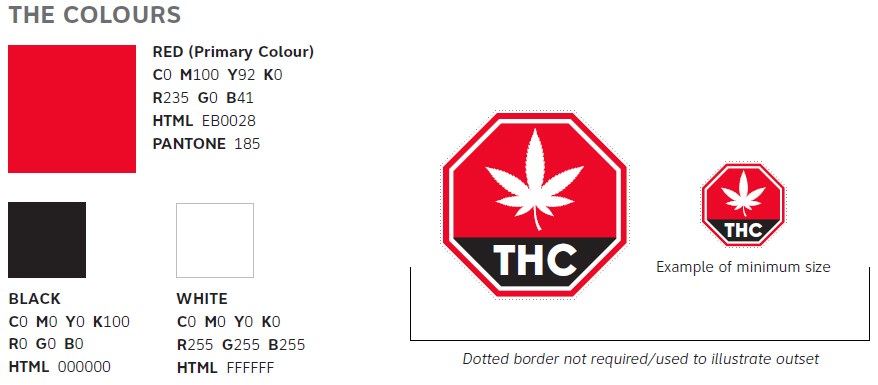
“These measures aim to reduce the risk of accidental and overconsumption, and make cannabis products less attractive to young people, while providing consumers with the information they need to make informed decisions about using cannabis “, they said.
Health Canada has also issued advice to health professionals and the public to help increase awareness of the higher potency of unregulated edibles, their proper storage, and the higher risk they can allegedly pose to children who inadvertently ingest them.
Despite these efforts, it is not clear whether the messages will resonate with key actors such as the police and the media.
In the case of the Victoria poisoning, for example, the police news release does not highlight that the edibles are unregulated and have higher potency (and suggest that legal edibles are to blame).
This was followed by a scathing editorial in the local Times Colonist newspaper, falsely stating, “Police have said they cannot prosecute because federal and provincial laws do not prohibit packaging similar to non-cannabis products,” without the existence of the Recognize the Cannabis Act and its punishment for the protection of children. “That is simply unacceptable.”
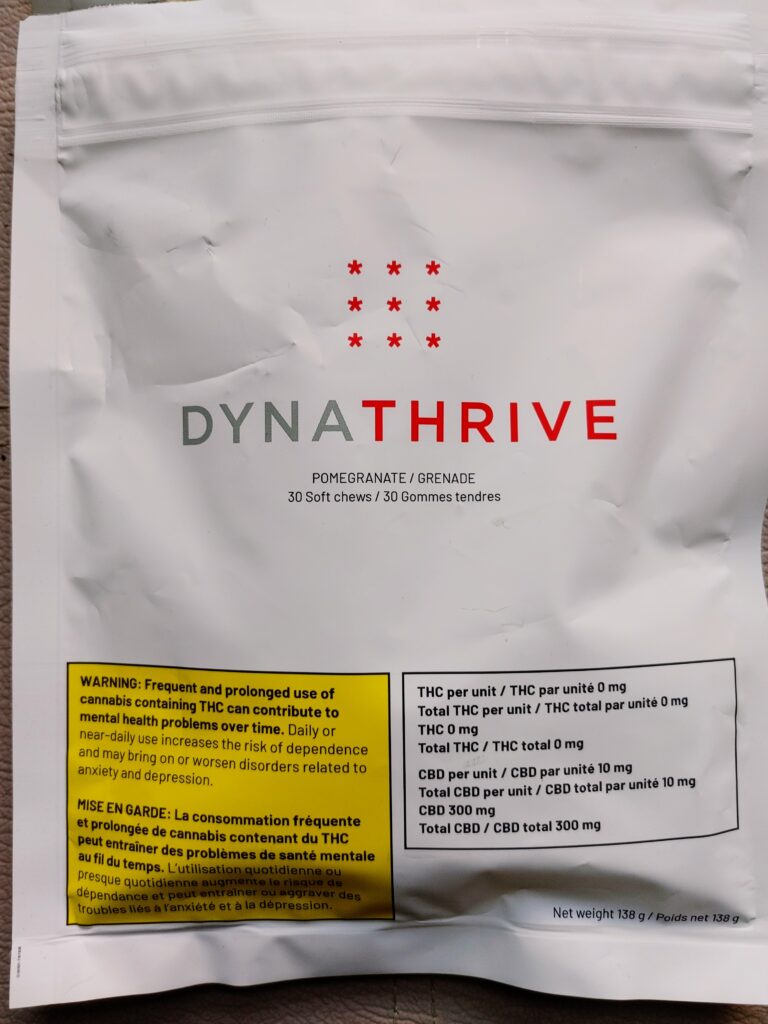
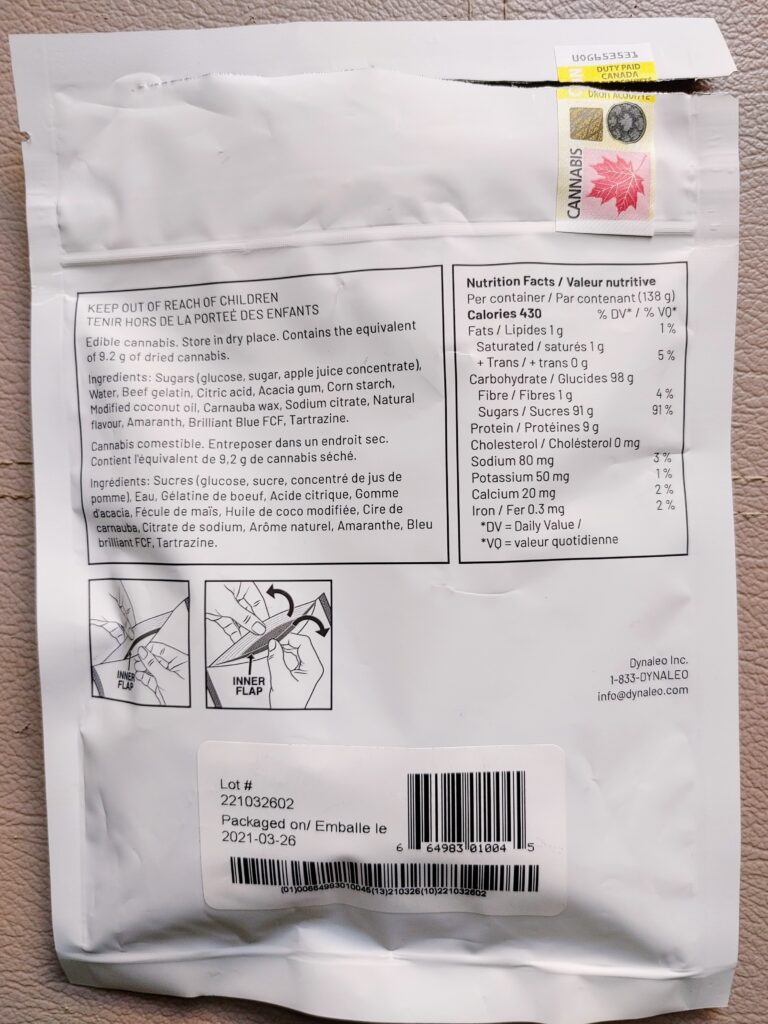
Alex Krause of NORML Canada wonders, however, whether despite the misinformation, the education efforts have been successful with parents – and that the disturbing statistics may show that parents are more willing and less anxious than to take their children to the emergency room for accidental cannabis poisoning previously -legalization.
“Obviously this is a worrying trend, and when kids get their hands on edibles, it’s a problem,” he says.
“But the fact that parents are able to see the severity and then know it and take them to hospital is a good thing. Parents are now more aware of what a high looks like than they were before legalization. “
And while unregulated edibles are stronger and often come in neat packaging, all edibles require special care when children are around.
Talking to children about cannabis
And when children get older and it becomes more difficult to hide something, Tabitha Fritz, who is raising three children with her partner, advises that it might be time for a conversation.
“My kids all know that if you choose to use cannabis, your brain will basically give up the connections it made that day,” she says.
“They’ll just say, ‘I’m done. I don’t make these connections anymore. ‘ And my children, who are smart children who always want to get smarter, say, ‘Oh, you know what, maybe this is not the right choice for me.’ “
By submitting this form, you subscribe to Leafly news and promotional emails and agree to Leafly’s Terms of Use and Privacy Policy. You can unsubscribe from Leafly email messages at any time.

Post a comment: